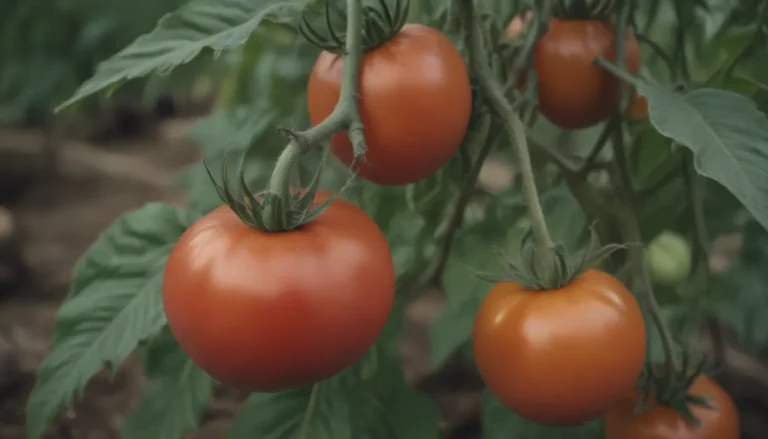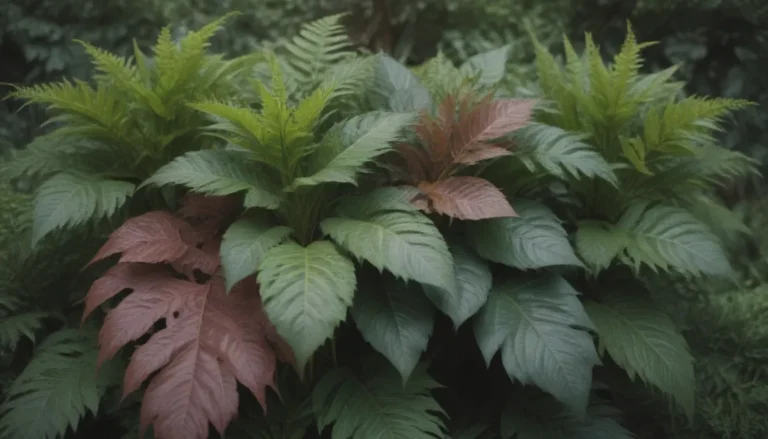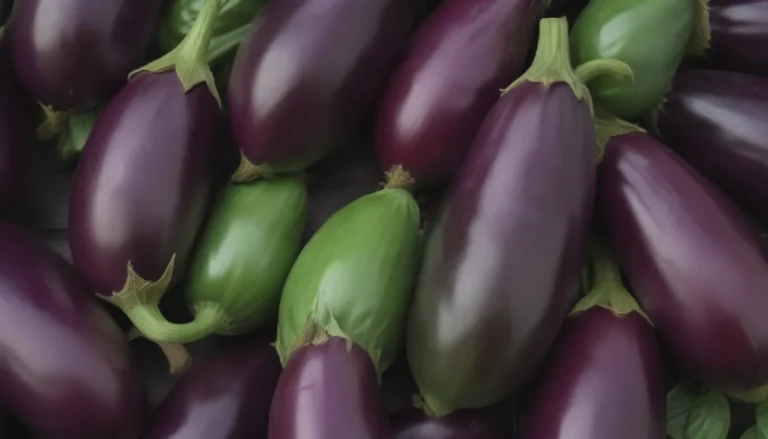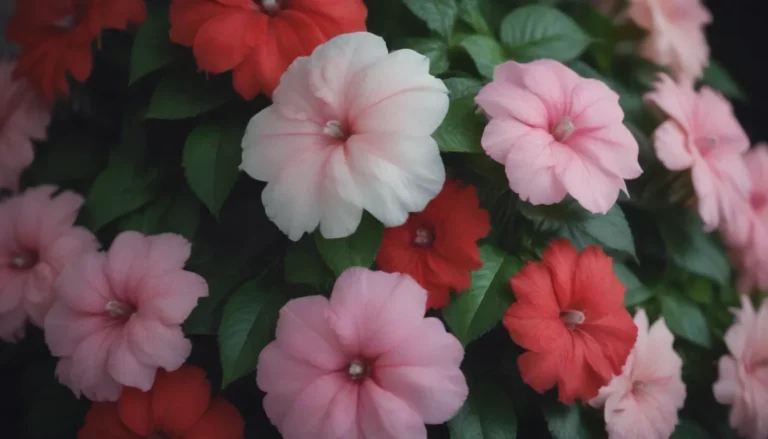Everything You Need to Know About Growing and Caring for Juniper Bonsai

Welcome to the world of bonsai! If you’re looking to add a touch of nature to your living space or create a miniature woodland in your garden, growing juniper bonsai trees might be just the thing for you. Juniper bonsai trees are not only beautiful to look at, but they are also relatively easy to care for compared to other bonsai varieties. In this comprehensive guide, we will walk you through everything you need to know to grow and care for juniper bonsai trees successfully.
The Art of Bonsai: An Overview
Before we dive into the specifics of growing and caring for juniper bonsai trees, let’s take a moment to appreciate the ancient art form of bonsai. Bonsai originated in Japan and involves cultivating ornamental miniature trees that mimic the shape and scale of full-sized trees. The practice of bonsai requires patience, skill, and attention to detail, but the results are truly rewarding. Juniper trees are a popular choice for bonsai enthusiasts due to their hardy nature and attractive foliage.
Juniper Bonsai Care Requirements
Juniper bonsai trees are relatively easy to care for, but they do have specific requirements to thrive. Here are the main care guidelines to keep in mind when growing juniper bonsai:
Light
Juniper bonsai trees thrive in bright, direct sunlight. Aim to provide your juniper bonsai with at least six to eight hours of full sunlight every day. Due to their light requirements, most species of juniper bonsai are best suited for outdoor growing year-round.
Soil
Using the right soil mix is essential for the health of your juniper bonsai tree. Opt for a commercially available bonsai soil mix specifically designed for juniper trees. These soil mixes are well-draining, allowing air and water to reach the roots. Look for a mix that includes ingredients like akadama, organic potting compost, pumice, and fine gravel.
Water
Regular watering is crucial to keep your juniper bonsai healthy. However, it’s important to avoid overwatering, as juniper bonsai trees cannot tolerate waterlogged soil. Allow the soil to dry slightly between waterings, then water deeply. Ensure that your bonsai has proper drainage to prevent waterlogging.
Temperature and Humidity
Juniper bonsai trees should be grown outdoors year-round to experience seasonal changes. They are hardy, frost-tolerant trees that can withstand temperatures as low as 10 degrees Fahrenheit. Avoid keeping them indoors long-term, as they require outdoor conditions to thrive.
Fertilizer
During the growing season, juniper bonsai trees appreciate regular feeding to promote strong growth. Use a slow-release organic fertilizer once a month or a liquid fertilizer every week when watering. Avoid fertilizing during the winter months, and wait at least a month after repotting to fertilize.
Types of Juniper for Bonsai
The Juniperus genus includes a variety of species and shrubs suitable for bonsai cultivation. Some popular juniper varieties for bonsai include:
- Chinese juniper (Juniperus chinensis)
- Common juniper (Juniperus communis)
- California juniper (Juniperus californica)
Each variety has its own unique characteristics, so you can choose the one that best suits your aesthetic preferences and growing conditions.
Pruning Tips for Juniper Bonsai
Proper pruning is essential for maintaining the health and aesthetic appeal of your juniper bonsai tree. When pruning your juniper bonsai, consider the following tips:
- Pinch back growth: Pinching back growth is preferred over cutting, as cutting can cause the surrounding needles to die off.
- Prune in spring and summer: Prune your juniper bonsai in the early spring and summer during their active growing period.
- Leave foliage: Always leave some foliage on the branches to ensure ongoing growth.
Remember that juniper trees can withstand aggressive pruning, but they cannot bud again from bare tree parts.
Propagating Juniper Bonsai
If you’re looking to expand your collection of juniper bonsai trees, propagating them through cuttings is a common and effective method. Here’s how you can propagate juniper bonsai:
- Cuttings: Propagating by cuttings, known as sashiki in Japanese, is a popular method among bonsai enthusiasts.
- Timing: Propagate juniper bonsai cuttings in late spring and summer for best results.
Propagating juniper bonsai trees can be a rewarding way to create new trees for your collection.
Potting and Repotting Juniper Bonsai
Proper potting and repotting are essential for the health and growth of your juniper bonsai tree. Here are some tips for potting and repotting juniper bonsai:
- Repotting frequency: Young trees can be repotted every two years, while older trees can go up to five years between repottings.
- Avoid heavy root pruning: When repotting juniper bonsai, avoid heavy root pruning to prevent shocking the plant.
- Choose the right pot: Select a pot made of natural materials like clay or terra-cotta to ensure proper soil moisture control.
Proper potting and repotting practices can help your juniper bonsai thrive and grow strong.
Overwintering Your Juniper Bonsai
While juniper bonsai trees are frost-tolerant, it’s essential to provide them with moderate protection during extreme winter temperatures. When temperatures dip below 10 degrees Fahrenheit, take steps to protect your juniper bonsai from frost and wind to help them overwinter successfully.
Common Pests and Diseases
Juniper bonsai trees are relatively resilient to pests and diseases, but they can still face issues like the spruce spider mite and fungal diseases. Here are some common pests and diseases to watch out for:
- Spruce spider mite: This pest can cause browning and dropping of needles. Control infestations by blasting the plant with water or using insecticides.
- Fungal diseases: Issues like blight and rust can affect juniper bonsai. Use fungicides to protect your plant from these diseases.
By monitoring your juniper bonsai for pests and diseases, you can help keep them healthy and thriving for years to come.
Conclusion
In conclusion, growing and caring for juniper bonsai trees can be a rewarding and enjoyable experience. By following the care guidelines outlined in this comprehensive guide, you can cultivate healthy, beautiful juniper bonsai trees that will bring a touch of nature to your home or garden. With the right care and attention, your juniper bonsai trees can live for over 100 years, growing more beautiful and majestic with each passing year. So why wait? Start your juniper bonsai journey today and watch your miniature trees flourish and thrive in the artful world of bonsai. Happy growing!
Additional Resources
For more information on juniper bonsai and other bonsai varieties, visit the Bonsai Tree Resource Center for valuable tips, guides, and resources to enhance your bonsai gardening experience. Remember, the world of bonsai is vast and rewarding, so explore, learn, and let your creativity flourish in the fascinating realm of miniature trees. Happy gardening!





